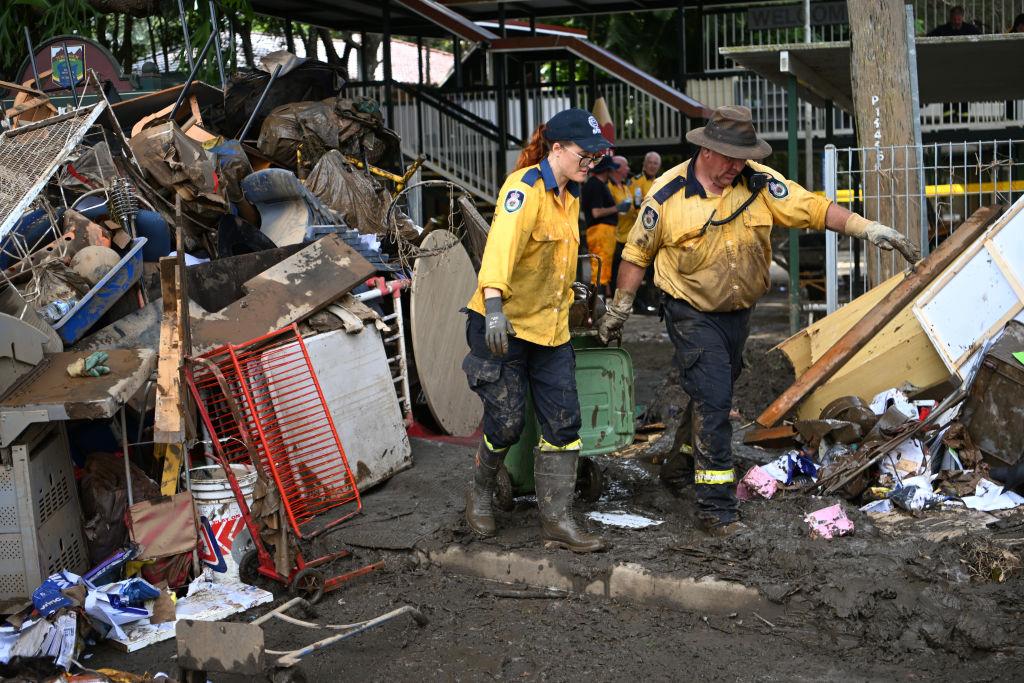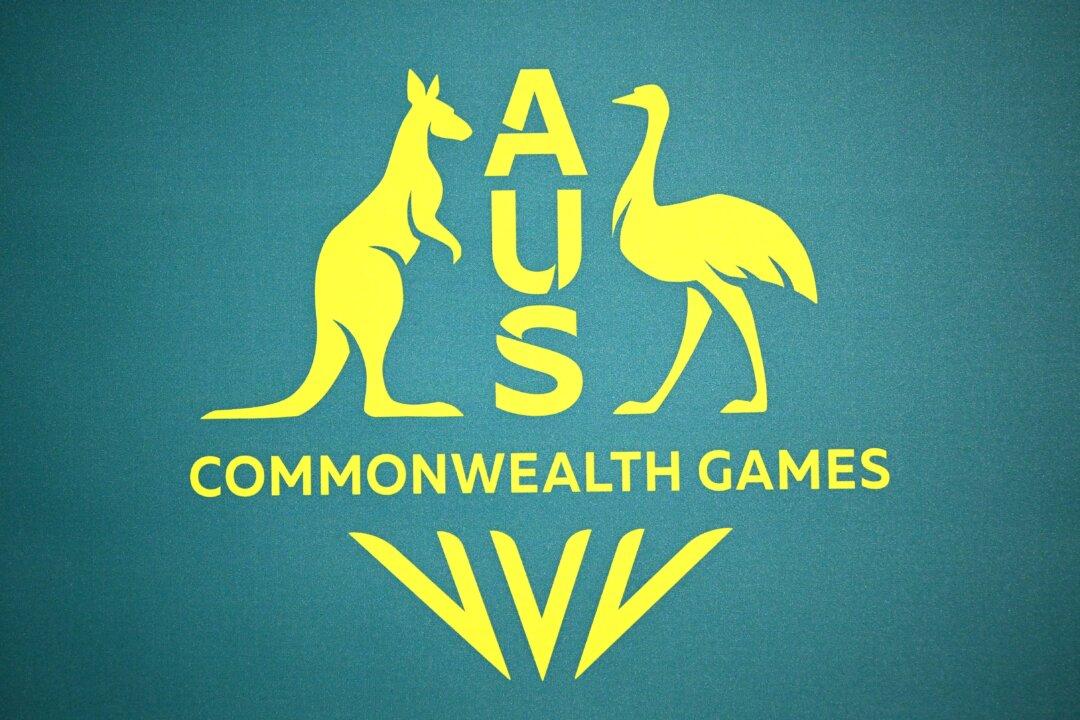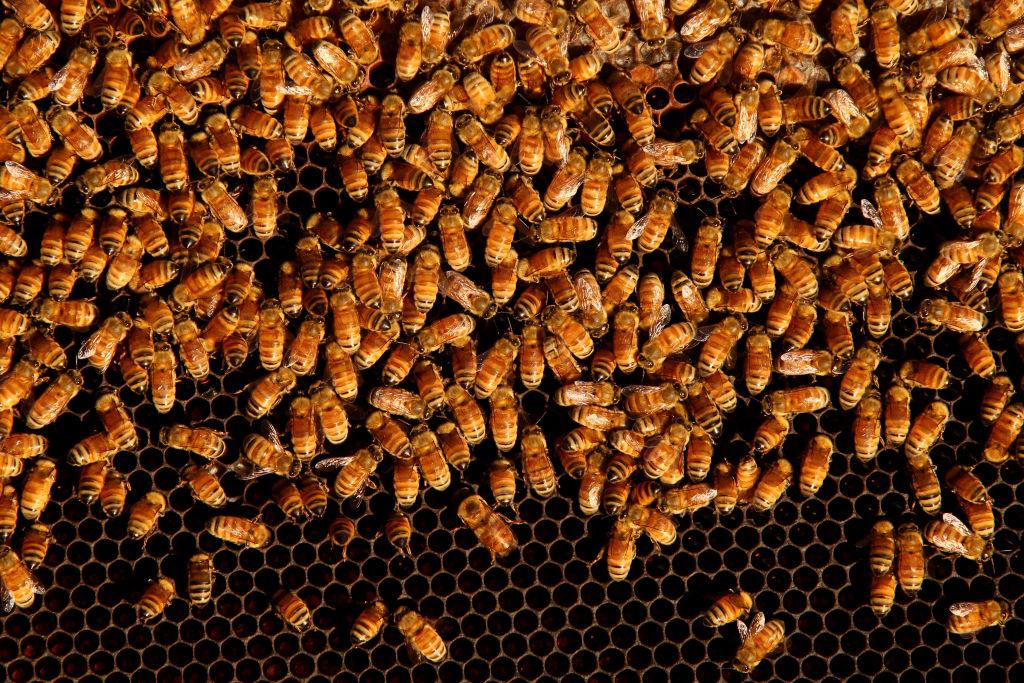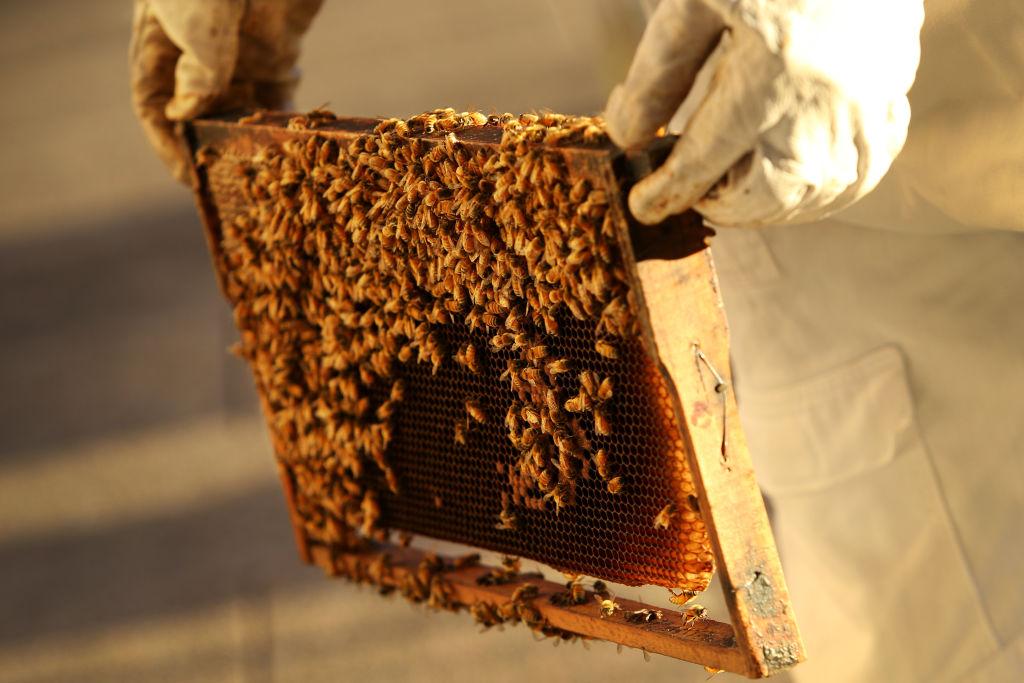The Australian government will launch a new National Cultural Policy to bring direction and vision to the arts, entertainment and cultural sectors after the creative sector suffered heavily from the COVID-19 pandemic lockdowns.
The federal government will release the policy in Melbourne on Jan. 30 after months of consultations and will build on arts policies by the previous Keating and Gillard governments.





